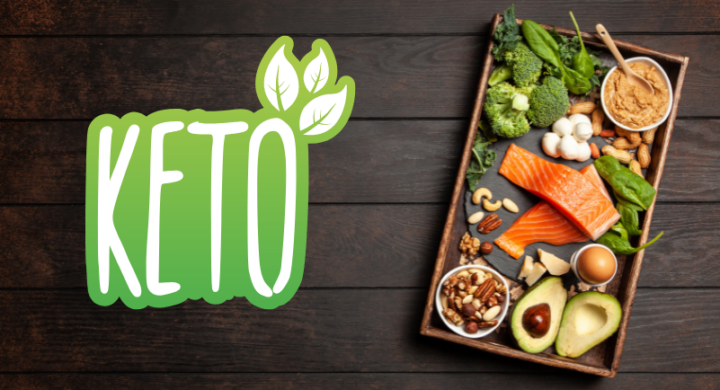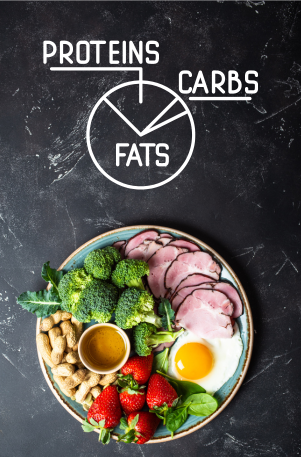Achieving Your Weight Loss Goals with Ketosis: The Power of the Keto Diet
Are you tired of trying countless diets without seeing any results? If so, it might be time to consider the keto diet. This low-carb, high-fat diet can put your body in a state of ketosis, which can help you lose weight by burning fat for fuel. But what exactly is ketosis, and how can it help with weight loss? In this blog post, we’ll explore the answers to these questions and more.
What is Ketosis and How Does it Help with Weight Loss?
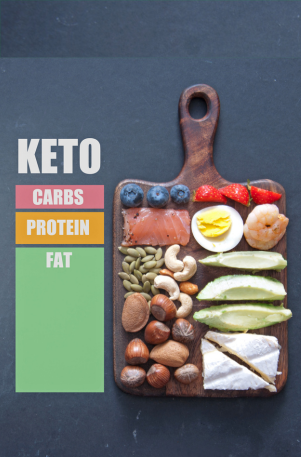
Ketosis is an incredible tool for weight loss, and with a little know-how, you can optimize your results. One key tip is to increase your intake of healthy fats, which can help you achieve and maintain ketosis. Good sources of healthy fats include coconut oil, olive oil, avocados, and nuts. Additionally, be mindful of hidden carbs in foods like sauces, dressings, and condiments, which can quickly add up and kick you out of ketosis.
Another little-known tip for success on the ketogenic diet is to prioritize protein intake. While the keto diet is high in fat, it’s important not to overlook protein, which plays a crucial role in maintaining muscle mass and keeping you feeling full and satisfied. Aim for around 1 gram of protein per pound of body weight per day, and be sure to include protein sources like eggs, fish, and grass-fed meats in your meals.
Finally, don’t forget the importance of hydration. When you’re in ketosis, your body is using up more water than usual, so it’s crucial to stay hydrated by drinking plenty of water throughout the day. Adding electrolytes like sodium, potassium, and magnesium to your water can also help keep your body in balance and prevent common keto flu symptoms like headaches and fatigue. By following these little-known tips, you can maximize your results on the ketogenic diet and achieve your weight loss goals.
How to Achieve Ketosis Through Diet and Exercise
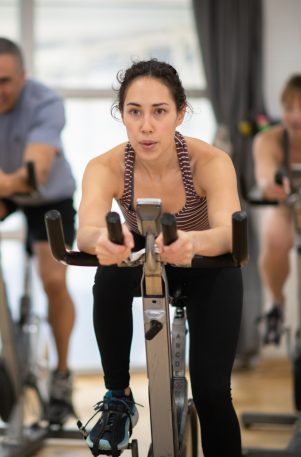
Exercise can help promote ketosis by depleting the body’s glycogen stores, which are stored carbohydrates in the muscles and liver. When glycogen stores are depleted, the body starts to burn fat for fuel, which can help promote ketosis.
Additionally, exercise can help improve insulin sensitivity, which can also aid in weight loss and entering ketosis. Exercise also helps increase energy expenditure, which can help burn more calories and aid in weight loss. It’s important to note that excessive exercise can actually inhibit ketosis, so it’s important to find a balance and not overdo it.
- High-Intensity Interval Training (HIIT): Incorporating HIIT into your exercise routine can help you enter ketosis faster. This type of exercise involves short bursts of intense activity followed by brief periods of rest, and has been shown to help deplete glycogen stores in the body, which is necessary to enter ketosis.
- Strength Training: Strength training can also be beneficial for promoting ketosis. Building muscle mass can increase your body’s energy needs and help burn fat for fuel. Additionally, strength training can help improve insulin sensitivity, which is important for maintaining stable blood sugar levels on a low-carb diet.
- Moderate Cardiovascular Exercise: Moderate cardiovascular exercise, such as jogging or cycling, can also be helpful for promoting ketosis. While not as effective at depleting glycogen stores as HIIT, moderate cardio can still help burn off excess glucose and support the body’s transition to using fat for fuel. However, it’s important not to overdo it, as excessive cardio can actually increase cortisol levels and hinder weight loss efforts.
The Benefits of Being in Ketosis
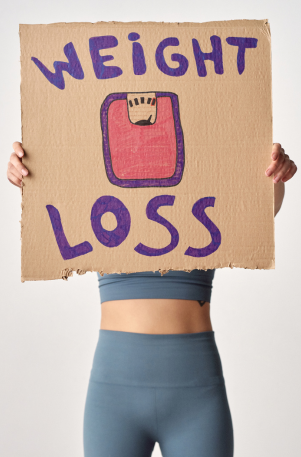
One of the benefits of being in ketosis is increased energy levels. When your body is in a state of ketosis, it starts to burn fat for energy instead of carbohydrates. Fat is a more efficient source of energy than carbohydrates, which means that you may experience increased energy levels throughout the day. This can be especially helpful for those who struggle with fatigue or low energy levels.
Another benefit of being in ketosis is improved mental clarity. Many people report feeling more focused and alert when following a ketogenic diet. This is likely due to the fact that ketones, the molecules produced during ketosis, can cross the blood-brain barrier and provide energy to the brain. In addition, the steady supply of energy from burning fat can help stabilize blood sugar levels, which can also contribute to improved mental clarity.
Reduced hunger and cravings are also commonly reported benefits of being in ketosis. When you consume carbohydrates, your body produces insulin to help regulate blood sugar levels. This can cause blood sugar levels to fluctuate, leading to feelings of hunger and cravings for more carbohydrates. By following a low-carb, high-fat diet, you can avoid these fluctuations and keep hunger and cravings under control.
How to Stick to a Ketogenic Diet Plan
While the keto diet can be a powerful tool for weight loss and overall health, it can be challenging to maintain in the long run. To succeed, it’s important to plan your meals and snacks in advance, opt for whole foods instead of processed foods, include healthy fats in each meal, stay hydrated by drinking plenty of water, and be patient with yourself while adjusting to the new diet.
Tactics get better results:
- Experiment with different types of healthy fats: While avocados, nuts, and seeds are great sources of healthy fats, don’t be afraid to try new types of fats like ghee, coconut oil, or grass-fed butter to keep your meals interesting and flavorful.
- Don’t overlook fiber: While the keto diet is low in carbohydrates, it’s important to include sources of fiber in your diet to maintain healthy digestion and prevent constipation. Some great sources of fiber on a ketogenic diet include leafy greens, broccoli, cauliflower, and chia seeds.
- Consider intermittent fasting: Pairing intermittent fasting with the ketogenic diet can help you achieve ketosis more quickly and may also offer additional health benefits like improved insulin sensitivity and increased autophagy (the body’s process of cleaning out damaged cells).
- Track your macros: To ensure that you’re staying within the right macronutrient ratios for a ketogenic diet (high fat, moderate protein, low carb), consider using a food tracking app like MyFitnessPal or Cronometer.
- Don’t forget about electrolytes: Because the keto diet can be diuretic, it’s important to replenish your electrolytes (sodium, potassium, magnesium) to prevent symptoms like fatigue, muscle cramps, and headaches. You can achieve this by adding a pinch of sea salt to your meals or supplementing with an electrolyte powder.
Common Mistakes People Make When Trying to Lose Weight
One of the most common mistakes people make when trying to lose weight on the keto diet is not consuming enough healthy fats. Remember, the goal is to get 70-80% of your daily calories from fat sources like avocados, nuts, and fatty fish.
Another mistake is neglecting electrolytes, which can cause symptoms like headaches, fatigue, and muscle cramps. To avoid these issues, make sure you’re consuming enough sodium, potassium, and magnesium. By being aware of these pitfalls, you can stay on track and achieve the weight loss results you desire.
In conclusion, the keto diet can be an effective way to lose weight and improve your overall health. By following a low-carb, high-fat diet, you can put your body in a state of ketosis and start burning fat for fuel. To get the best results, make sure you’re sticking to the diet plan, getting enough healthy fats, and staying hydrated.
FAQs About Ketosis and Weight Loss
Q: Is the keto diet safe?
A: The keto diet can be safe for most people, but it’s always a good idea to talk to your doctor before starting any new diet or exercise program. It’s not for everyone.
Q: How long does it take to get into ketosis?
A: It can take anywhere from a few days to a few weeks to get into ketosis, depending on your individual metabolism and diet.
Q: Can you eat carbs on the keto diet?
A: You need to limit your carbohydrate intake to around 20-50 grams per day to achieve ketosis, so most high-carb foods like bread, pasta, and sugary snacks are off-limits.

